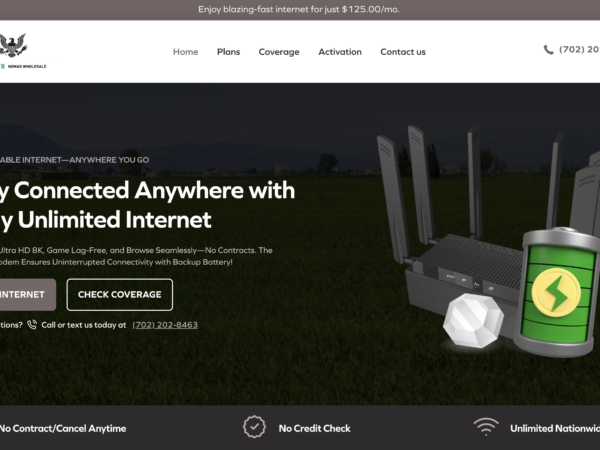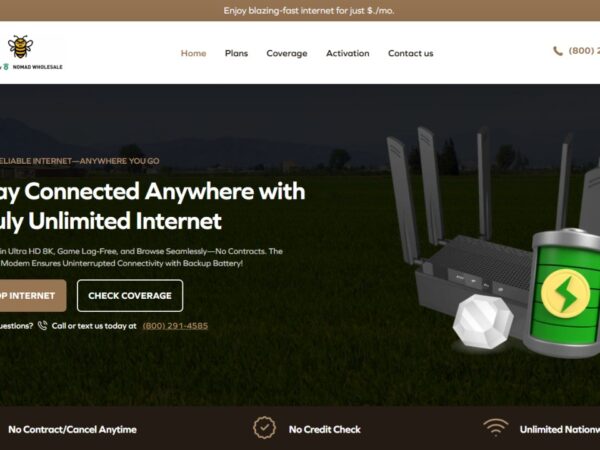A Guide to Protecting Your VPS Hosting
Protecting the VPS hosting is paramount to safeguard your data and maintain the integrity of the server and occupied sites and applications. Checking and staying current on the best practices should be an ongoing priority as ignoring the security measures can leave your server vulnerable to various threats.
This article includes various vulnerabilities of VPS servers and lays out a few steps to assist in maintaining a secure VPS host.
Select a Reliable Hosting Provider
If we talk about VPS hosting security then selecting a trustworthy web hosting provider is an essential step and it needs various factors to be an important one.
- Reputation: It is mandatory to research the provider’s track record and look for customer reviews and feedback.
- Security features: Make sure that the web hosting provider puts forward robust security measures, involving firewalls, intrusion detection systems, and regular backups.
- Support: You can opt for the SSD shared hosting provider in USA that gives reliable customer support and assistance in case of security incidents or concerns.
Fixed Update of Operating System and Software
Look for VPS operating system and software active and up-to-date for need of security. It has new patches of security and bug fixer to protect vulnerability.
· Automatic updates: Many systems come with automatic updates and it’s as easy as toggling a switch to make sure that your operating system and applications are always running the latest and secure program.
· Regular checkup for updates: In some examples, you may not be able to set up automatic updates, so it’s important to regularly monitor the OS and software updates – apply them immediately to make sure a continuously secure the VPS server.
Powerful Strong Passwords and Two-Factor Authentication
One of the effortless and often overlooked measures for keeping the safe VPS hosting environment is strong authentication.
· Use strong passwords: Weak or default passwords are important security weaknesses as hackers can exploit this vulnerability via brute-force attacks or leveraging known non-payment credentials.
Develop unique and composite passwords for all user accounts related to SSD VPS hosting provider in USA. Moreover, it also includes a combination of upper and lowercase letters, numbers, and special characters.
· Allow Two-Factor Authentication (2FA): Set up 2FA for all user accounts to add an extra barrier against unauthorized access.
Start a Firewall
Setting up the firewall is important to control inbound and outbound traffic to your VPS. Check these options:
· Software Firewall: Configure a software firewall on your VPS to check and filter network traffic. Examples involve iptables for Linux based systems and Windows Firewall for Windows servers.
· Hardware Firewall: If possible then leverage the hardware firewall like a dedicated network appliance, for an added layer of protection.
Secure Remote Access
Safeguarding remote access to your VPS is important since it’s the similar entry point for attackers. You can travel to these best practices:
· Use SSH Keys: Rather than relying solely on passwords, use SSH keys for authentication. This cryptographic method offers strong security.
Impair Root login: Impair the direct root login via SSH to eliminate the unauthorized access. You can opt for a separate, non-root user account with administrative privileges and opt for root when required.
· Swap default SSH Port: Swapping the default SSH port adds obscurity and make it tough for attackers to search your SSH service.
Constant Backup of Data: Constantly backing up the essentials to protect against data loss and potential breaches. You can opt for the following:
· Automated Backups: You can set up automated backup solutions to get regular and consistent backup.
· Off-Site Storage: Store backups in a discrete location or on a safe cloud storage service to protect against physical and logical failures.
Execute intrusion detection and prevention systems: Intrusion detection and prevention systems (IDS/IPS) leads to important role in monitoring and blocking malicious activities.
· Deploy an IDS/IPS solution: You can execute the IDS/IPS system that can flaw and prevent intrusion attempts in real-time.
· Updates and monitoring: You can keep update to date your IDS/IPS solution with the latest security signatures and regularly monitor its alerts and reports for any suspicious activities.
· Fine-Tune configuration: You need to customize your IDS/IPS settings to match your server’s specific necessity and lower the false positives or negatives.
Monitor Server logs
Check the server logs to get valuable insights into potential security breaches or unusual activities. Check these guidelines:
· Log Management: Execute the centralized log management system to collect and analyze logs from multiple sources, involving system logs, application logs, and security logs.
· Real-time awareness: Configure awareness to notify promptly when particular events or anomalies occur in the server logs. This helps you to react immediately to potential security incidents.
Install Security Plugins and Software
You can utilize security plugins and software can maintain the security of your VPS hosting environment. Check the following options:
· Malware Scanning: You can install branded malware scanning tools that can regularly scan the server for malicious files or scripts and remove them immediately.
· Vulnerability Assessment: You can use vulnerability assessment tools to monitor the potential weaknesses in the server’s configuration or installed software. Patch or fix these vulnerabilities immediately to lower the risk of exploitation.
Educate Users and Implement Security Awareness
It is crucial to adopt and implement technical security measures along with educating all users and promoting a security-conscious culture are equally essential. Implement the following steps:
· Security Training: Focus on offering comprehensive security training to all users who have access to the VPS. Consider topics like password hygiene, identifying phishing attempts, and reporting security incidents.
· Constant reminders: You can send periodic security reminders and updates to keep users informed about emerging threats and reinforce security best practices.
Safeguarding the VPS hosting is a critical duty that should not be overlooked. By following the essential steps, encompass selecting the reliable hosting provider, keeping the system up-to-date, implementing strong authentication measures, enabling a firewall, securing remote access, regularly backing up data, deploying IDS/IPS systems, checking the server logs, installing security plugins and software, and creating the awareness users, you can boost the security of your VPS hosting environment. Recall that security is an ongoing process, need regular follow up, updates, and vigilance to stay ahead of evolving threats.











